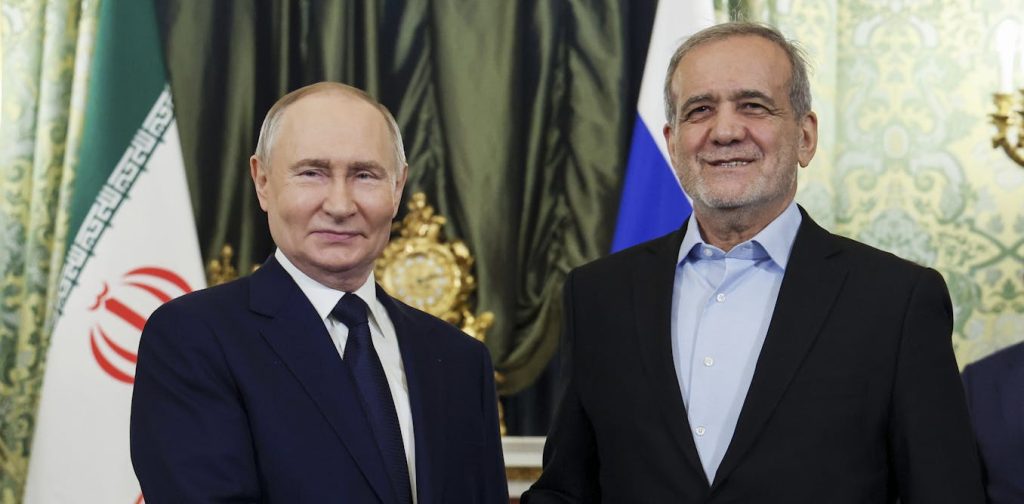As Israel intensifies its military operations against Iran, US President Donald Trump and other world leaders are adopting a firmer position against the Islamic Republic.
While contemplating a potential US strike on Iran’s nuclear facilities, Trump has issued threats to Iran’s supreme leader, asserting he knows his whereabouts and calling him “an easy target.” He has demanded an “unconditional surrender” from Iran.
Simultaneously, nations such as Germany, Canada, the UK, and Australia have escalated their rhetoric, insisting that Iran must completely abandon its nuclear ambitions.
Does Iran’s ‘axis of resistance’ still exist?
Iran has historically depended on a network of allied paramilitary organizations across the Middle East as part of its strategy for deterrence. This strategy has provided a buffer against direct military attacks from the US or Israel, despite ongoing threats and pressure.
The so-called “axis of resistance” comprises groups like Hezbollah in Lebanon, the Popular Mobilisation Forces (PMF) in Iraq, the Houthi militants in Yemen, and Hamas in Gaza, which have varying degrees of influence from Iran. Iran also backed Bashar al-Assad’s regime in Syria prior to its downfall last year.
Regional Dynamics and Iranian Influence
These groups have acted as a buffer for Iran and a means to project power without direct military engagement. Nevertheless, Israel has dealt significant blows to this network over the past two years. Hezbollah, once Iran’s most formidable ally, has been largely neutralized due to sustained Israeli attacks, leading to the destruction of its weapons stockpiles across Lebanon. Its leadership also faced a major psychological setback with the killing of influential leader Hassan Nasrallah.
Despite these setbacks, Iran still exerts strong influence in Iraq and Yemen, with the PMF comprising an estimated 200,000 fighters and a similarly sized contingent of Houthi fighters in Yemen.
Potential Escalation of Conflict
In the event of a significant threat to Iran’s existence, especially as it stands as the only Shiite-led state in the region, religious solidarity could prompt these groups to mobilize, potentially escalating the war further. For instance, the PMF could initiate actions against the 2,500 US troops in Iraq. The head of Kata’ib Hezbollah, a hardline faction of the PMF, has already stated that:
If America dares to intervene in the war, we will directly target its interests and military bases spread across the region without hesitation.
Additionally, Iran could launch attacks on US bases in the Persian Gulf using ballistic missiles or even close the Strait of Hormuz, through which roughly 20% of global oil supply flows.



